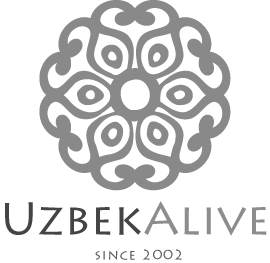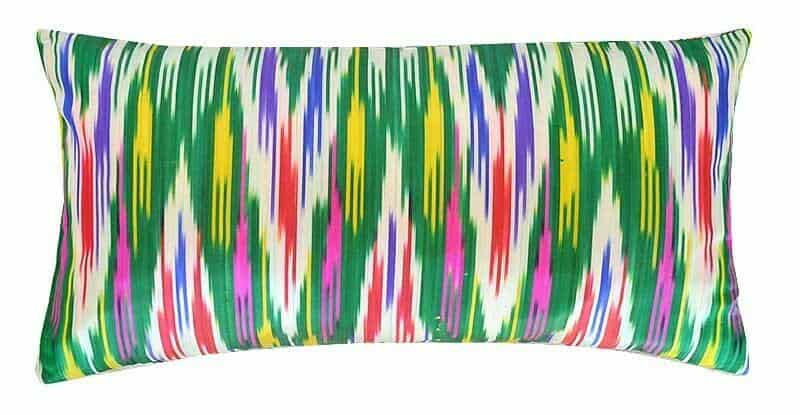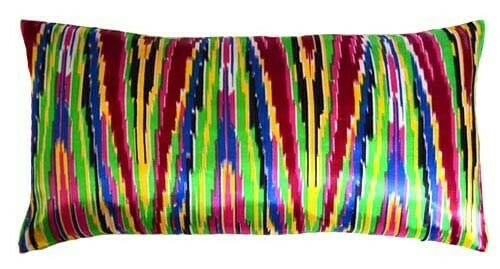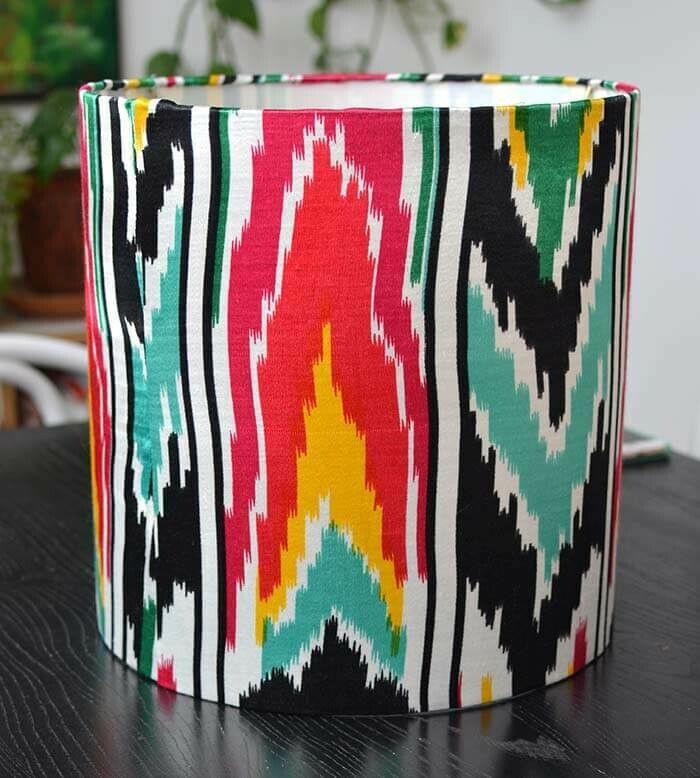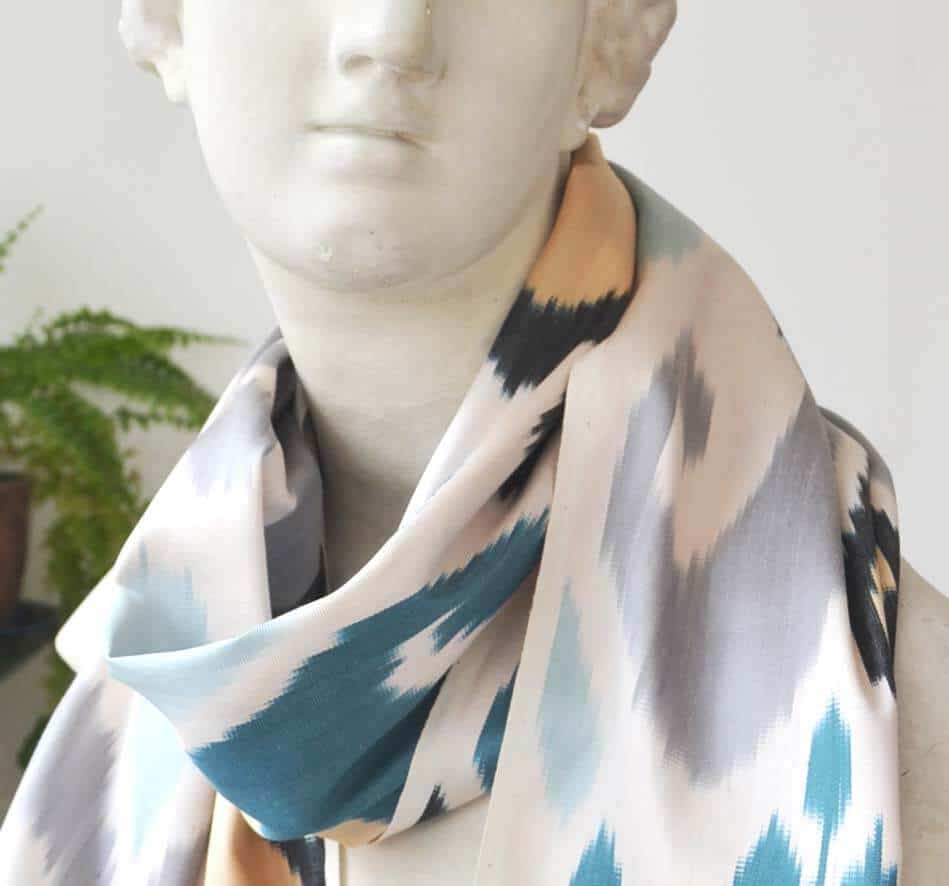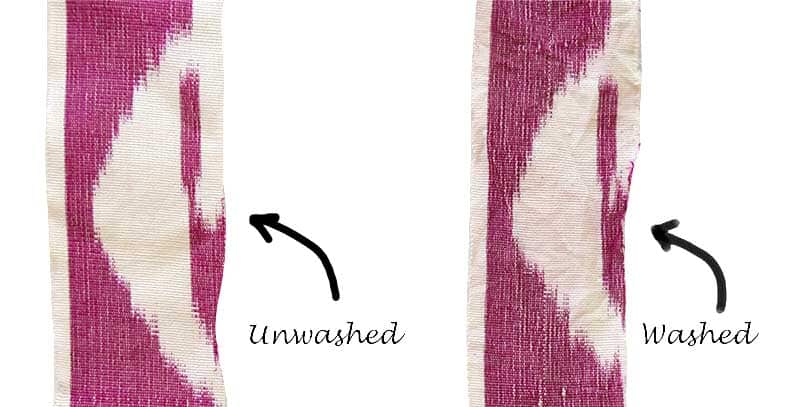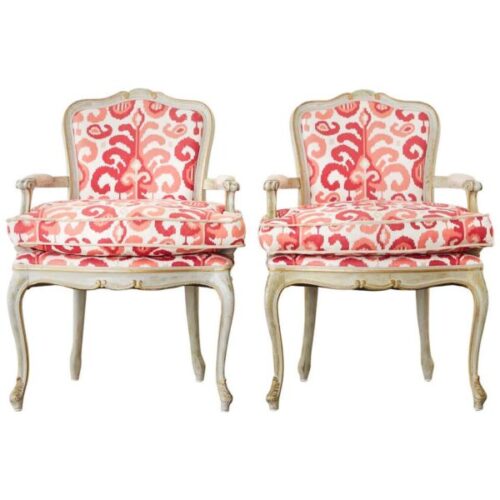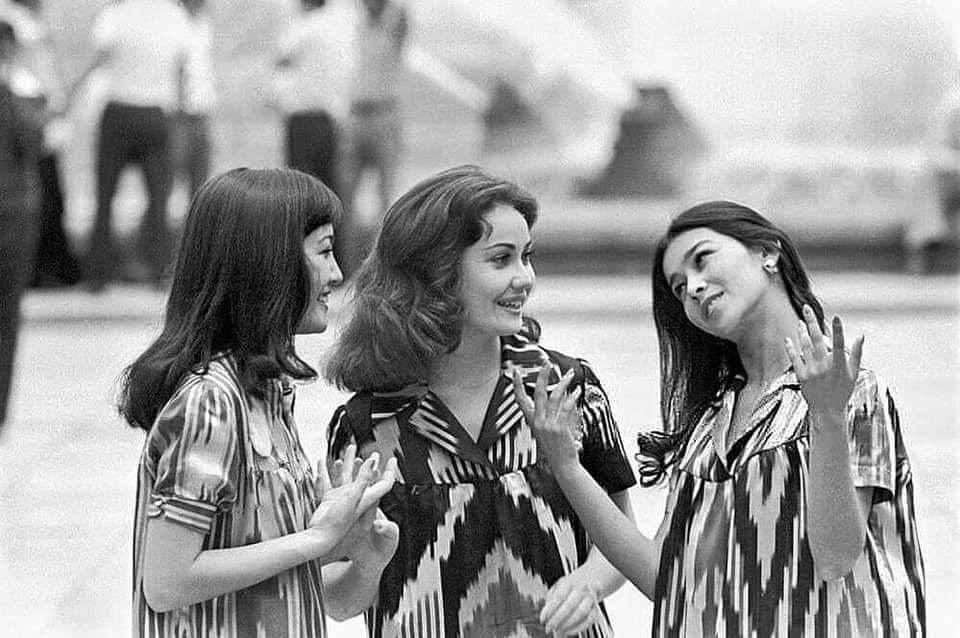
I love photography, especially black and white photography, especially black and white photography with stories. This post is about Uzbek Soviet ikat dresses made of ikat fabrics in images of 20th century.
Soviet era and Industrial Age
The Soviet Union, a newborn country in the early 20th century which united 12 relatively poor republics (lated added 3 baltic states), did not have time and resources for luxuries. The goal was to provide basic standards of living to everyone – a very noble goal, I must say, given that most people had very low standards of living. Hence, luxury fabrics like hand woven Ikats became a sign of bourgeoise and ikat making traditions became significantly simplified.
The first thing that was simplified was patterns. The traditional spirit was kept because Central Asian women still wanted to wear vibrant colors but the patterns became larger and with less details.
Secondly, machine weaving replaced hand weaving. Soviet economic policy was for industrialization, standartization and mass production. How else would the Soviet government dress millions of poorly dressed working class? Output of ikat hand weaving was too slow and too little.
And lastly – as part of a great communist experiment all private business was banned and resources were in the hands of the government. For ikat artisans it meant no work unless they join a state owned textile factory (which they did). Secretly working from home was a punishable crime.
“During the Soviet period the production of ikats was encouraged, but this was done in factory situations where the designs, production, materials (often synthetics), and so forth could be tightly controlled.”
Textile Research Center
One simple Soviet ikat dress
In efforts to dress mainly Uzbek and Tajik women in ikat dresses Soviet textile factories designed one cut which became widely popular. This cut has become a symbol of Vintage Uzbek Fashion. Uzbek Soviet textile factories made these dresses in different sizes, colors and patterns, but in the same cut.
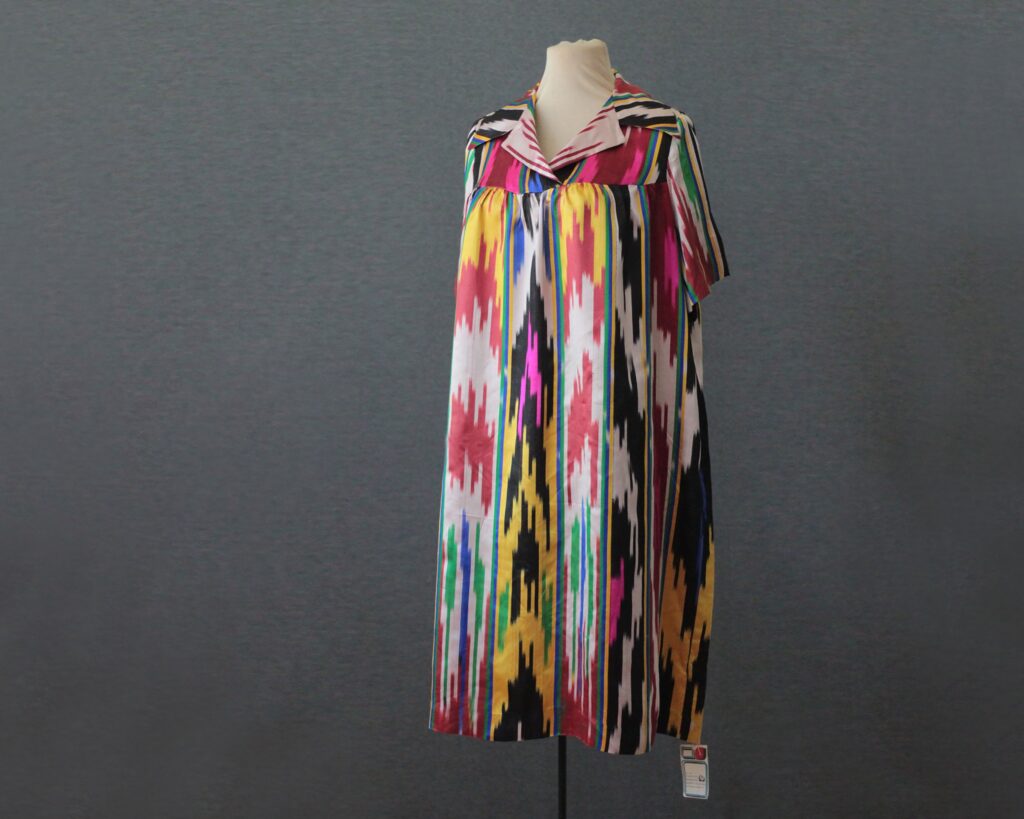
Photo credit: Mulberry whisper
Not a real ikat
Obviously, the ikat fabrics used for making these dresses are not real ikats. These are ikat prints. Here is a link in which we explain the difference between real ikats and ikat prints. In the country which was embracing industrialization, going through major social reforms and later after 1945 rebuilding itself after WW2 there was no time or extra savings. Clothes had to be easy to clean, practical and minimalistic in design.
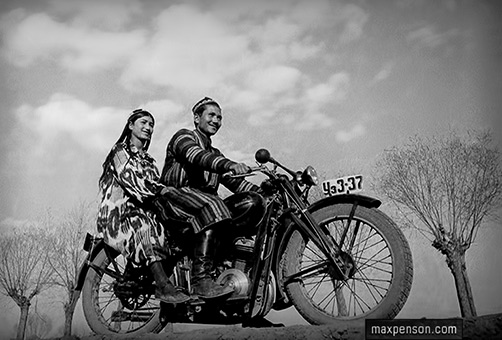
Photo credit: Max Penson.
Ikat fabric made of synthetic fibers
Although many resellers online sell these vintage dresses as natural silk, most likely that these these dresses are synthetic. I own two dresses from that era. The fabric of which they are made is very pleasant but it probably contains some synthetic fibers, if not entirely made of synthetics. I wash my dresses in a washer on a delicate cycle – just to be safe, these are after all vintage piece. Every time dresses come out in the same condition as when I throw them in a washer. Hence, I believe they are synthetic.
Uzbek Soviet ikat fabrics in our online store
Currently we don’t have any Soviet vintage fabrics in stock but there are several ikat pillow covers made of Soviet vintage ikat fabrics.
For example:
In addition to lumbar ikat pillow covers we have a very versatile and practical bag made by Samarkand designer Fatima Gulyamova. This bag is fully lined. It folds and transforms into a clutch by the evening.
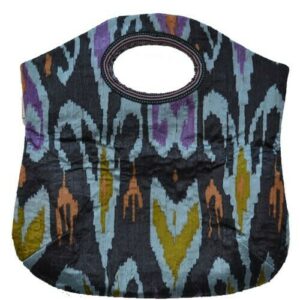
Last but not least – a little while ago we found a few meters of Uzbek Sovier vintage fabric in a flea market. That fabric went into making a lampshade. We used pressure sensitive styrene (the backing which also diffuses the light) which we ordered in the USA. The metal wire frame also came from the USA. This is why this ikat drum lampshade is to be used with US lamp bases – European customers, please keep this in mind.
